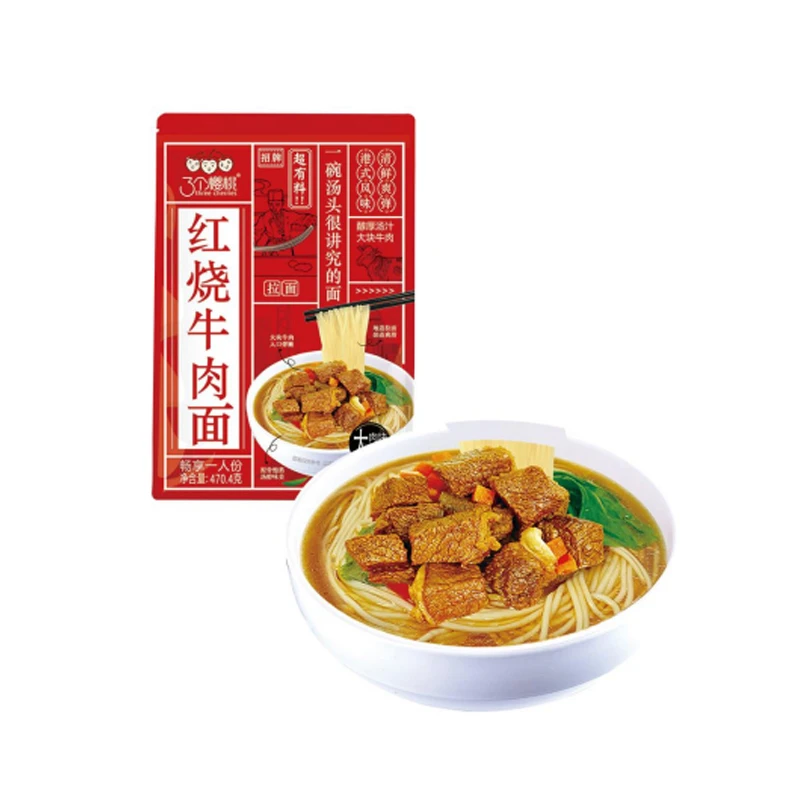japanese cold soba noodle
The Delight of Japanese Cold Soba Noodles
Japanese cuisine is renowned for its variety, delicate flavors, and healthy ingredients. Among its many offerings, cold soba noodles, or cold zaru soba, stand out for their unique texture, refreshing taste, and cultural significance. This dish, simple yet profound, highlights the Japanese culinary arts and traditions.
Understanding Soba
Soba noodles are made from buckwheat flour, making them gluten-free and a wholesome alternative to traditional wheat noodles. Buckwheat, a staple in Japan for centuries, not only provides these noodles with a distinct, nutty flavor but also boasts numerous health benefits. Full of protein, fiber, and essential vitamins and minerals, soba has been a nourishing choice for generations.
The process of making soba is an art in itself. The combination of buckwheat and a small percentage of wheat flour creates a texture that is both firm and tender. Once the dough is kneaded and rolled out, it is cut into thin strips, creating the signature noodle shape. The delicate balance of textures is what makes soba so enjoyable, particularly when served cold.
The Art of Serving
Cold soba is typically presented in a simple yet elegant manner. The noodles are boiled briefly, then swiftly chilled under cold running water. This method not only stops the cooking but also helps develop a chewy texture that is immensely satisfying. Cold soba is usually served on a bamboo mat (zaru) with a dipping sauce called mentsuyu, which is a mixture of soy sauce, mirin, and dashi.
Accompanied by garnishes like sliced green onions, wasabi, or grated daikon radish, cold soba offers a versatile dining experience. Each bite embodies the essence of Japanese cuisine simplicity, balance, and a connection to nature. This dedication to quality and aesthetics reflects the traditional Japanese philosophy of wabi-sabi, which finds beauty in imperfection and transience.
japanese cold soba noodle

Cultural Significance
Cold soba noodles hold a significant place in Japanese culture, often enjoyed during special occasions and festivals. One popular tradition is to eat soba on New Year's Eve, a custom known as toshikoshi soba (しそば). This symbolizes the transition from one year to the next, representing longevity and resilience.
Moreover, soba signifies more than just a meal. It embodies the spirit of community, often enjoyed with family and friends. During summer festivals, you may encounter soba-ya (soba shops) where people gather to enjoy this refreshing dish together, fostering a strong sense of camaraderie.
Health Benefits
In addition to its delightful taste, cold soba noodles are a nutritious choice. The high fiber content aids digestion and helps maintain a healthy weight. Buckwheat is also known for its significant antioxidant properties, which can help reduce the risk of various diseases. Additionally, soba is low in calories and rich in essential nutrients, making it a perfect option for those seeking a balanced diet.
Conclusion
Japanese cold soba noodles are a culinary treasure, encapsulating the essence of Japanese culture and tradition. Their simplicity in preparation, versatility in serving, and rich history make them a favorite among locals and visitors alike. Whether enjoyed as a refreshing summer meal or a comforting winter dish, cold soba noodles resonate with the joys of Japanese food culture.
In an ever-globalizing world, where culinary traditions often blur, the appreciation for dishes like cold soba remains strong. It invites us to savor the present moment and indulge in the flavors woven into the fabric of Japan's rich heritage. So, whether you find yourself wandering through the streets of Tokyo or enjoying a meal at home, don’t miss the chance to experience the delicate delight of cold soba noodles.
-
Unleash Your Inner Chef with Delectable Italian Pasta CreationsNewsAug.01,2025
-
Savor Health and Flavor: Irresistible Soba Noodles for Sale Await!NewsAug.01,2025
-
Nourish Your Body with Premium Organic Ramen - A Culinary Delight AwaitsNewsAug.01,2025
-
Elevate Your Dishes with Our Exquisite Kinds of Egg NoodlesNewsAug.01,2025
-
Dive into Flavorful Convenience with Our Ramen OfferingsNewsAug.01,2025
-
Discover Exquisite Types of Naengmyeon and Chilled Soba NoodlesNewsAug.01,2025
-
Is Whole Wheat Pasta Healthy?NewsMay.30,2025
Browse qua the following product new the we

















































































































